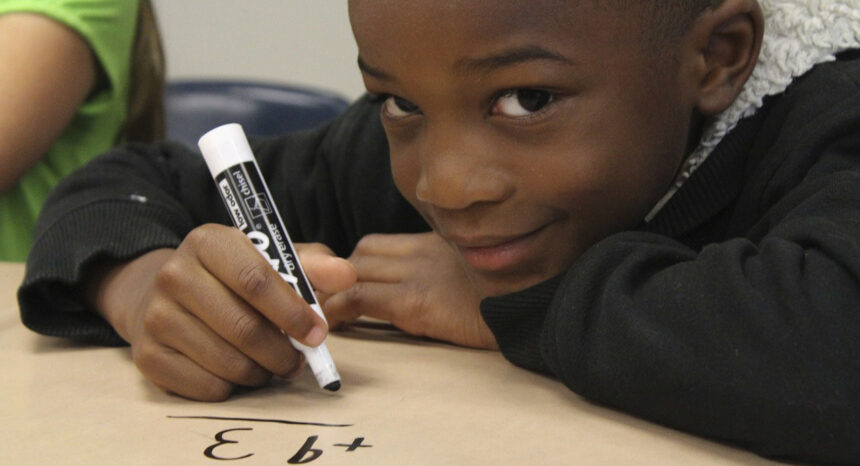A new study suggests minority students are less likely than white children to be placed in special education programs in public schools.
The issue: Almost 7 million students in the United States are categorized as disabled and placed in special education programs in their local public schools. Some students have multiple disabilities, including learning disabilities, emotional disorders, language impairment and autism. When you look strictly at the numbers, minority students historically have been disproportionately placed in special education, sometimes referred to as “exceptional” education. For example, 17 percent of all special education students are indigenous children, who make up just 1 percent of public school enrollment nationwide, data from the National Center for Education Statistics shows. About 13 percent of special education students are multi-racial. Meanwhile, 3 percent of all public school students identify as belonging to two or more racial groups.
Over the years, policymakers have issued new rules to prevent a disproportionate number of minority students from entering special education programs, which often carry social stigma. The consequences “have serious implications for students who may be inappropriately identified as having a disability because these students are placed in an educational track that is different than their peers which may negatively impact their academic and career outcomes,” officials from the U.S. Government Accountability Office wrote in a 2013 report to the U.S. Senate.
A new study examines the issue from a different perspective with surprising results.
A study worth reading: “Replicated Evidence of Racial and Ethnic Disparities in Disability Identification in U.S. Schools,” published in the Educational Researcher, August 2017.
Study summary: A team of researchers from Pennsylvania State University and the University of California, Irvine wanted to see whether children with similar achievement levels are disproportionally identified as having a disability based on their race or ethnicity.
The team analyzed public school students’ scores on the National Assessment of Educational Progress (NAEP) for the years 2003, 2005, 2007, 2009, 2011 and 2013. They analyzed scores from a sample of 183,570 fourth-graders, 165,540 eighth-graders and 48,560 twelfth-graders. Testing data included details about students’ demographics as well as their disability status and English proficiency level.
Key takeaways:
- Public schools are likely to identify a student who is struggling academically as disabled.
- When the researchers controlled for five factors – student achievement, gender, whether students were eligible for free or reduced-price meals at school, whether they are learning to speak English and school-level resources – the researchers found that minority children were less likely to be identified as disabled. The odds of a black child being identified as disabled were 56 percent lower than those of white children.
- When controlling for these factors, students were less likely to be identified as disabled if they were female, from low-income households or were learning to speak English.
- Since at least 2003, minority students have been less likely to receive special education services than similarly achieving white students.
- “Despite 20 years of federal legislation and policymaking designed to address over-identification [of minority children], under-identification was repeatedly evident.”
Other resources:
- The Office of Special Education Programs reports on students served under the federal Implementation of the Individuals with Disabilities Education Act (IDEA). The office submits annual reports to Congress.
- The U.S. Census releases regular reports on public school funding, including how much is spent on special education nationally.
- Prominent special education advocacy groups include the National Center on Learning Disability and Council for Exceptional Children. The National Association of State Directors of Special Education works with state education agencies “to ensure that all children and youth with disabilities receive the educational supports and services they need from birth to be prepared for post-school education, career and independent living choices.”
- An award-winning series by the Houston Chronicle investigates how and why officials in Texas created a system that kept thousands of disabled students out of special education.
Related research:
- A 2014 study published in the Journal of Child and Family Studies, “Minority Representation in Special Education: 5-Year Trends,” suggests fewer black and Hispanic students are categorized as having intellectual disabilities.
- A 2017 study in the American Journal of Education, “The Summer Learning of Exceptional Students,” suggests special education students are more likely to be enrolled in summer school than other kids. Also, their parents are more likely to practice math with them during summer vacation.


Expert Commentary